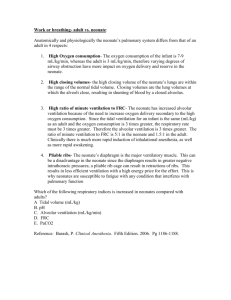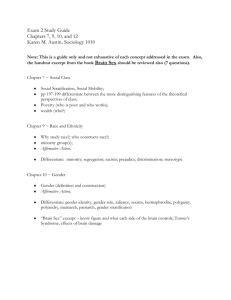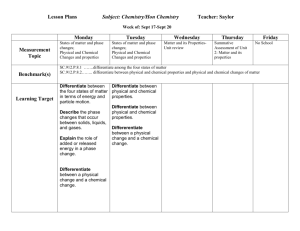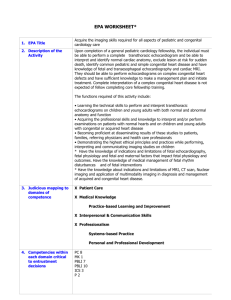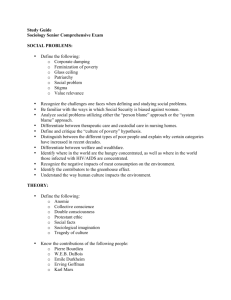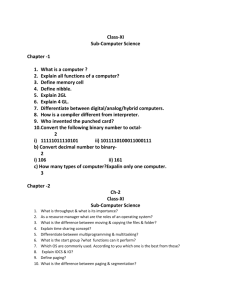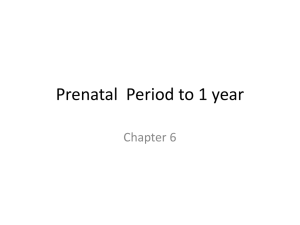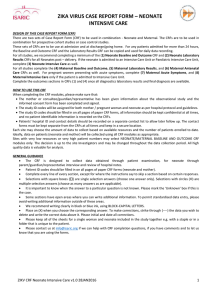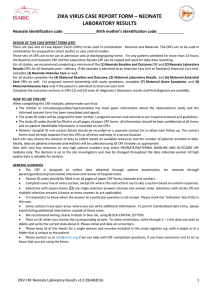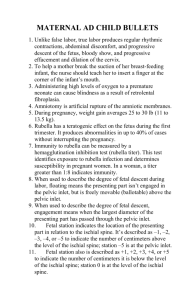RSPT 1210 – COURSE OBJECTIVES
advertisement
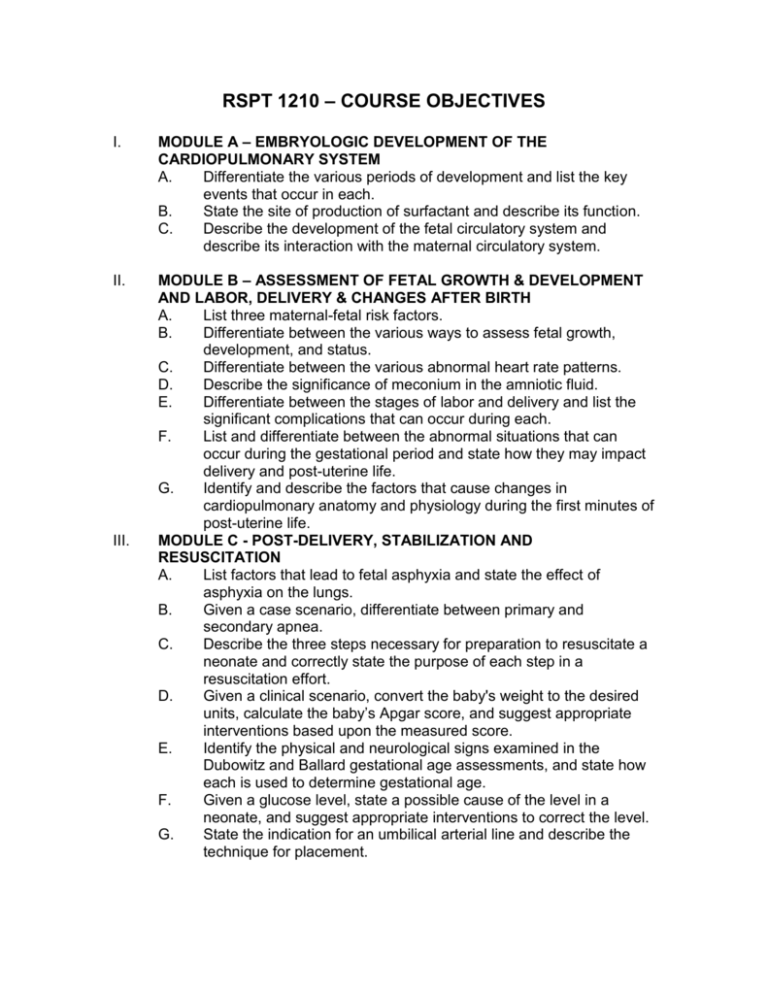
RSPT 1210 – COURSE OBJECTIVES I. MODULE A – EMBRYOLOGIC DEVELOPMENT OF THE CARDIOPULMONARY SYSTEM A. Differentiate the various periods of development and list the key events that occur in each. B. State the site of production of surfactant and describe its function. C. Describe the development of the fetal circulatory system and describe its interaction with the maternal circulatory system. II. MODULE B – ASSESSMENT OF FETAL GROWTH & DEVELOPMENT AND LABOR, DELIVERY & CHANGES AFTER BIRTH A. List three maternal-fetal risk factors. B. Differentiate between the various ways to assess fetal growth, development, and status. C. Differentiate between the various abnormal heart rate patterns. D. Describe the significance of meconium in the amniotic fluid. E. Differentiate between the stages of labor and delivery and list the significant complications that can occur during each. F. List and differentiate between the abnormal situations that can occur during the gestational period and state how they may impact delivery and post-uterine life. G. Identify and describe the factors that cause changes in cardiopulmonary anatomy and physiology during the first minutes of post-uterine life. MODULE C - POST-DELIVERY, STABILIZATION AND RESUSCITATION A. List factors that lead to fetal asphyxia and state the effect of asphyxia on the lungs. B. Given a case scenario, differentiate between primary and secondary apnea. C. Describe the three steps necessary for preparation to resuscitate a neonate and correctly state the purpose of each step in a resuscitation effort. D. Given a clinical scenario, convert the baby's weight to the desired units, calculate the baby’s Apgar score, and suggest appropriate interventions based upon the measured score. E. Identify the physical and neurological signs examined in the Dubowitz and Ballard gestational age assessments, and state how each is used to determine gestational age. F. Given a glucose level, state a possible cause of the level in a neonate, and suggest appropriate interventions to correct the level. G. State the indication for an umbilical arterial line and describe the technique for placement. III. H. IV. V. VI. Given a clinical scenario where a neonate/infant/child needs to be intubated, select the correct equipment and describe the technique required to successfully intubate the patient and manage the airway. I. State at least ten anatomic and physiologic differences between the infant and adult. MODULE D – RESPIRATORY CARE PROCEDURES A. Describe the importance of maintaining a Neutral Thermal Environment when caring for a neonate. B. Describe where you would draw blood to receive: 1. Preductal blood 2. Postductal blood 3. Variable blood sample C. Describe the effect of stimulation on the neonate. D. Describe the steps needed to ensure optimal skin care. E. Define neonatal jaundice and describe how it is treated. F. Describe the following modes of treatment and list a clinical indication for use: 1. Oxygen therapy 2. CPT/PD/Suctioning 3. CPAP 4. Conventional Ventilation with or without PEEP 5. High Frequency Ventilation 6. ECMO 7. Surfactant Replacement Therapy 8. Nitric Oxide Therapy (NO) G. Given ventilatory parameters, state the effect on oxygenation and ventilation that would occur given a ventilator parameter change. MODULE E – NEONATAL DISEASES A. Identify the key pathophysiologic changes that occur with each disease. B. Describe the therapeutic intervention needed to treat each of the diseases. MODULE F - CONGENITAL HEART DEFECTS A. Differentiate between the different congenital heart diseases and state whether they are cyanotic and acyanotic. B. Describe the defect present with each congenital heart disease. C. Describe the surgical repair (if any) for each congenital heart disease.
